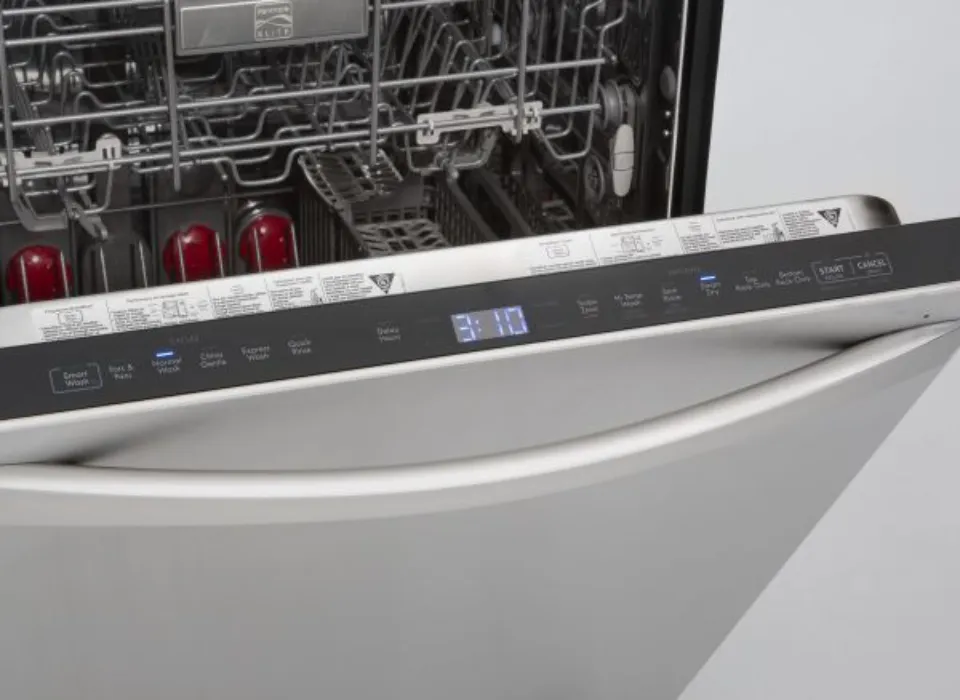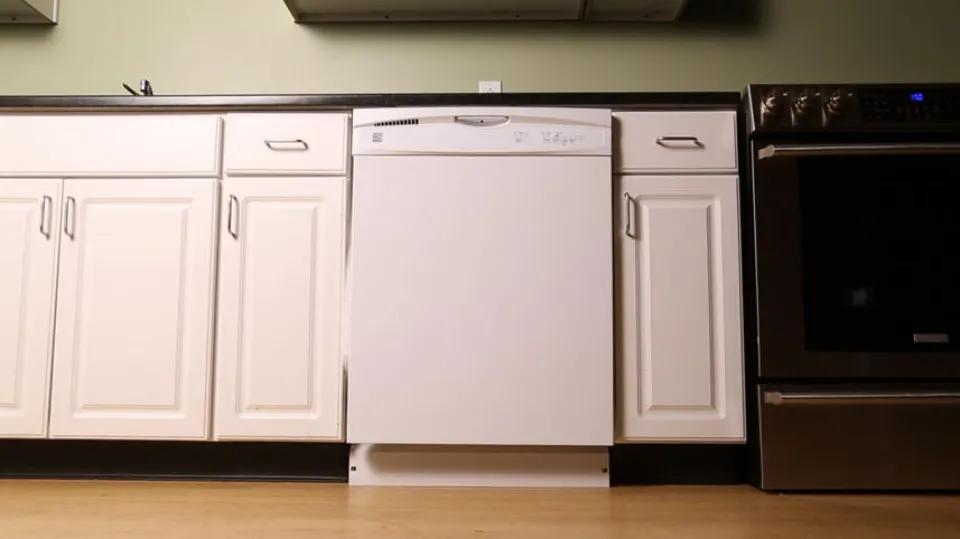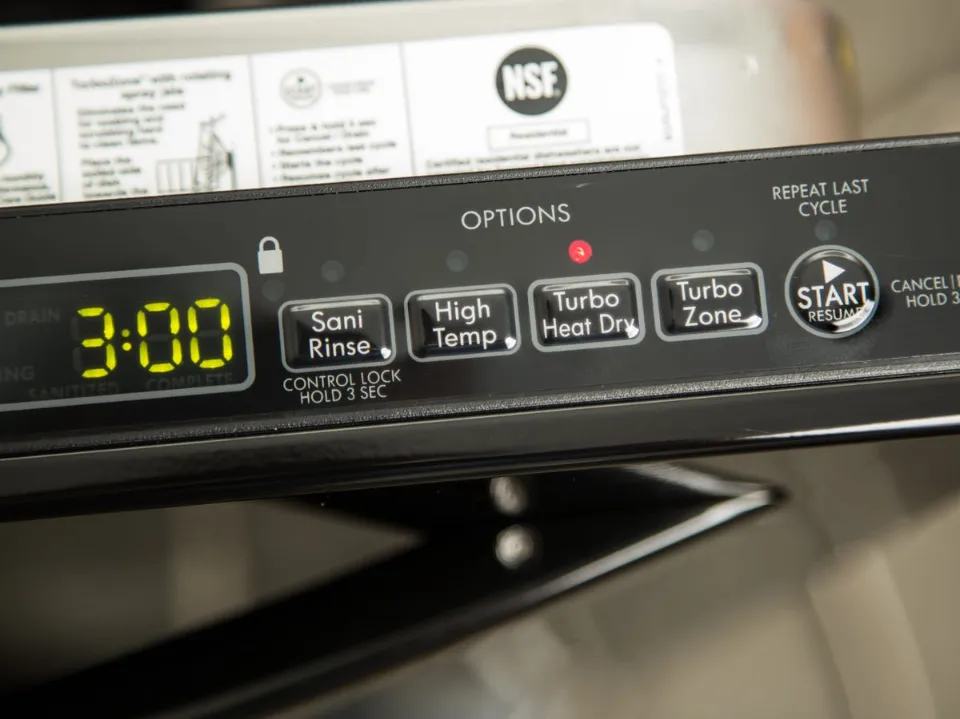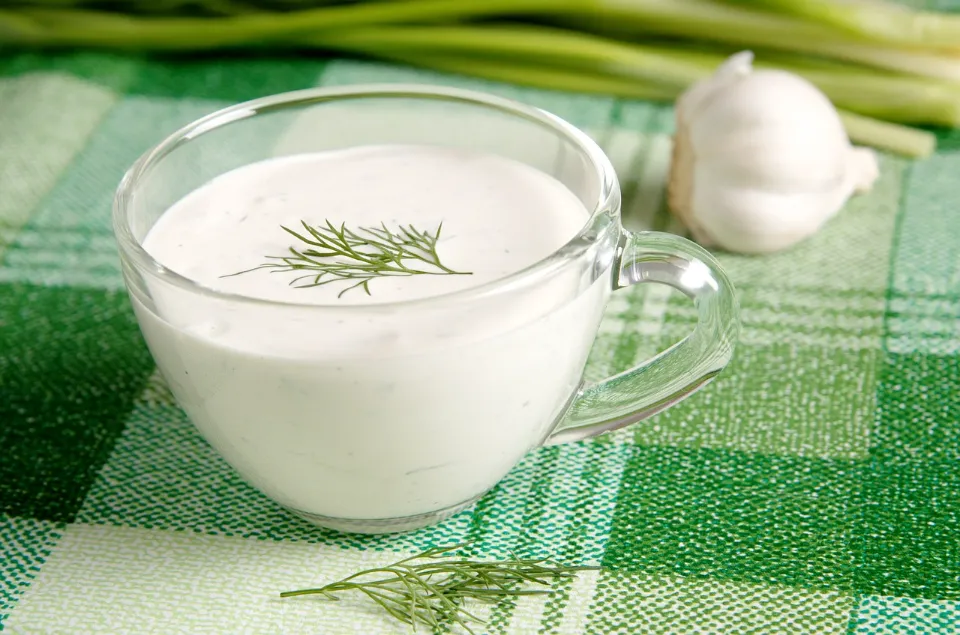Up until this point, your Kenmore dishwasher has been washing your dishes without incident.
The most frequent causes of a Kenmore dishwasher not draining are a clogged drain hose and a broken drain pump or valve.
Why Won’t My Kenmore Dishwasher Drain?
1. Drain Impeller
Your drain impeller may be damaged if your Kenmore Dishwasher isn’t draining.
If you hear a strange noise, it may be a sign that your drain impeller is broken. The motor powers the drain impeller, which aids in removing the water.
This dishwasher component is in charge of transferring wastewater from the dishwasher and into the drain hose. Your dishwasher can’t drain if it’s not functioning. Examine the impeller to see if anything is blocking it; if not, replace it if it is simply broken. There is no fixing the drain impeller.
Drain impellers occasionally experience the normal wear and tear that machine parts experience. This occurs if your dishwasher has been in use for a while.
Replace the old impeller with a new one after removing the old one.

2. Drain Pump
If the drain impeller is not harmed, the drain pump will be examined in the following step.
Make sure there are no foreign objects inside the drain pump by physically inspecting it to rule out debris, broken glass, or tea bags. A drain pump can become inoperable due to such foreign objects.
Utilize a multimeter to verify the electronic health of your drain pump. Check for continuity in the drain motor; if there is none, the pump is broken.
The Kenmore Dishwasher won’t be able to drain water after the wash cycle if the drain pump is broken.
In order for your Kenmore dishwasher to resume draining, the drain pump needs to be replaced. Additionally, the drain pump is beyond repair.
3 Drain Solenoid Kit
The drain valve is controlled by this cylindrical coil, which also controls valve opening.
The drain solenoid should open the drain valve to let the dirty water drain out after washing the dishes.
Your drain valve won’t open if your drain solenoid kit is broken.
This is how your Kenmore dishwasher gets water stuck inside the unit rather than draining.
It must be determined whether the failure was mechanical or electronic. Mechanically, you can check the solenoid directly to see if it is damaged. With the aid of a multimeter, you can determine whether the solenoid’s electronic components are functioning properly.
You must swap out the solenoid if there is no continuity.
Your broken drain solenoid kit needs to be swapped out for a new, functional one.
4. Drain Valve
This complements the solenoid kit perfectly. The drain valve is opened by the solenoid during a drain cycle to allow dirty water to pass.
When a wash cycle in your dishwasher is complete, the drain valve is in charge of releasing the water. If you find anything blocking the drain valve, such as debris or food particles, remove it. Clean it well.
If the drain valve is blocked, your Kenmore dishwasher won’t be able to drain after a wash cycle.
Check the drain valve to see if there is anything wrong with it that you can see. Check the drain valve for an electrical problem if you don’t see anything out of the ordinary. Utilize your multimeter to check for continuity at the drain valve.
If the continuity test display is negative, you will know it is defective. It must be changed out for a functional drain valve.
5. Pump and Motor Assembly

The pump and motor assembly in the dishwasher are broken, so they won’t drain.
The motor that rotates the impeller pumps water from the dishwasher out through the drain hose.
Listen to the motor as you begin a drain cycle. Make sure you listen closely to hear if the motor is operating. A clogged drain hose should be checked if the motor is functioning normally.
It’s time to replace the pump and motor assembly if the motor goes silent or makes an odd noise during the drain cycle.
6. Clogged Or Improperly Installed Garbage Disposer
If your garbage disposal is older than a year, check your sink and look through the dishwasher’s entrance hole.
The inlet and outlet of the garbage disposal should be cleaned of dirt and food particles that have accumulated over time.
Ensure that water can flow easily through the garbage disposal. Your Kenmore dishwasher won’t be able to drain after a wash cycle if the garbage disposer is blocked or clogged with anything.
Make sure the garbage disposal was properly installed if you recently installed your dishwasher.
Make sure you installed the garbage disposal according to the directions in the user manual that came with your Kenmore dishwasher.
Verify that the knockout plug is still present inside the garbage disposal. In order to ensure that the garbage disposal is closed when it is not in use, this is placed by the garbage disposal manufacturer.
If it’s still there, water won’t be able to drain from the machine because the garbage disposal won’t be able to process the water.
7. Check the Ball
Near the check valve is a ball called the check ball. It performs a similar function to the check valve.
Additionally, it is accountable for preventing the dishwasher from being refilled with dirty water that has been drained out.
The check ball in the dishwasher may be jammed.
It cannot prevent drained water from entering the dishwasher as a result.
Run another drain cycle if the check ball gets stuck, then try to free it.
It is defective if it keeps getting stuck.
Your Kenmore Dishwasher will be filled with dirty water if the check ball is malfunctioning.
If the check ball is broken, your dishwasher will not drain after a wash cycle.
It needs to go, and a new one should be put in its place.
8. Check Valve
The dishwasher’s water is pumped out after a wash cycle. A check valve makes sure the water is not pumped back into the dishwasher.
The check valve is situated right next to the drain hose at the outlet.
Water won’t be able to drain from your Kenmore dishwasher if the check valve is stuck in the closed position.
If the dishwasher is draining now, the check valve may need to be cleaned.
If the check valve keeps jamming, you’ll have to replace it.
9. Drain Hose
Your dishwasher’s drain hose is the pipe that runs from it to the garbage disposal.
As you use your Kenmore Dishwasher, food debris will accumulate there and cause the drain hose to occasionally become clogged.
The drain hose may clog on both ends. You have to take out the entire hose because you need to inspect them both.
If the garbage disposal’s drain hose needs to be unscrewed, do so. You won’t need a screwdriver to remove most hoses because they are simple to do so.
To make sure it is not clogged, thoroughly clean it. For extra cleanliness and clarity, you can even soak it in vinegar for the entire night.
The water in your dishwasher won’t be able to drain after a wash cycle if your drain hose is clogged.
10. Water Pump Belt
To determine whether your Kenmore Dishwasher has a water pump belt, consult the user manual. Water pump belts may not be present in all dishwashers.
Check to see if it’s worn out or damaged if your dishwasher has one.
It needs to be swapped out for a new one.
If you want to get to the water pump belt, you must remove the lower panel of the dishwasher. Try to find a belt underneath the motor.
Check to see if the water pump belt has moved from its proper position. Put it back in its proper place. The water pump belt might not always need to be replaced.
Conclusion
The majority of the typical causes of your problem are covered in this troubleshooting guide for Kenmore dishwashers that have been draining irregularly. The manual also includes simple solutions that even those who don’t consider themselves to be handy can use.
You could avoid a lot of clogging and common problems in this area by regularly cleaning your Kenmore Dishwasher.
FAQs
Why is There Water in the Bottom of My Kenmore Dishwasher?
The drainage system in your dishwasher may be clogged with food particles or other debris, which is one of the most frequent causes of water at the bottom of the appliance. Check the dishwasher’s drain, clean the area around the lower sprayer arm, and use a wire hanger to clear any obstructions with debris.
Is It Normal for Water to Stay in the Bottom of the Dishwasher?
It’s normal for there to be some water (standing water), typically one to two cups, in the dishwasher tub’s bottom. Make sure you have a high drain loop if dirty water is gradually accumulating in the dishwasher’s bottom and your installation lacks an air gap.
Why is There Water on the Floor of My Dishwasher?
A broken latch or gasket may be the cause of your dishwasher’s apparent leak from the front door. While a dirty, loose, or cracked gasket will prevent the door from being properly sealed, a bent or loose latch will prevent the door from closing properly.
Why is the Bottom of My Dishwasher Not Drained?
Your dishwasher not draining could be due to a few different things. A blockage in the dishwasher’s filter is the most typical cause of clogs. If your dishwasher is clogged, it could also be due to a problem with the air gap, drain valve, drain hose, or garbage disposal.








